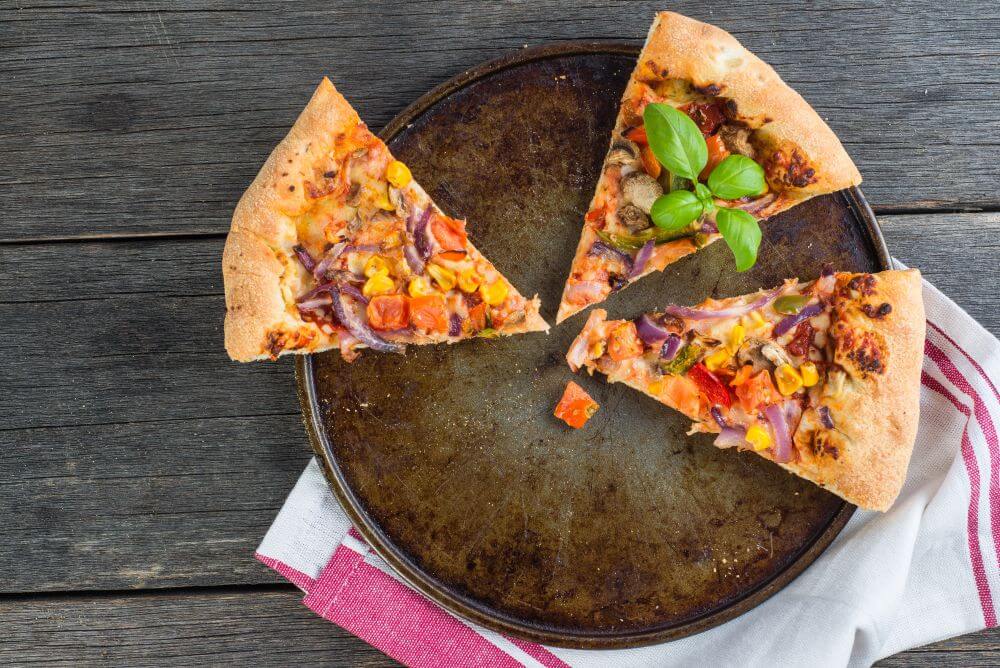10 top tips to tackle leftovers

Love them or hate them, leftovers are often an inevitable part of cooking and eating. Some days we cook too much, while other days we just don’t have the appetite to finish the food on our plate.
You may find that over the course of the week your fridge slowly fills with containers of leftovers and half-eaten meals. If you’re like many Kiwis, you may get to the end of the week and dump all of your leftovers straight into the bin.
Despite 89% of Kiwis thinking wasting food is wrong we still throw away $100 million of leftovers every year. That’s a lot of food, money and effort going to waste!
We’ve put together 10 great tips to help you love your leftovers, so you can enjoy the extra time and money that comes from eating the food you have already cooked. Here goes:
1. Remember the 2-2-2 rule

This is the most important thing when it comes to leftovers to ensure they are safe to eat. Make sure you cool them, cover them and get them into the fridge within two hours of cooking. Eat your leftovers within two days. Either eat them cold or heat them until they are piping hot.
2. If in doubt, freeze
If you don’t think you are going to eat your leftovers within two days, freeze them! Pretty much anything can be frozen. Not only will freezing those leftovers ensure you don’t waste them, it will also build a supply of meals for when you need something fast for dinner. If you don’t have enough containers for freezing, try using sandwich-sized ziplock bags for things like soups and stews. They stack well in the freezer and are quick to defrost.
3. Label
You may think you’ll remember there is chicken curry in the green container, but we all have freezers filled with UFO’s (unidentified frozen objects). Label your leftovers with what it is and when you cooked it.
4. Eat me first

Have a way of identifying what food needs to be eaten first. This is especially important if you live in a house with children or flatmates. Use an “Eat Me First” sticker or have a designated shelf in the fridge for free-for-all items. This will also stop hungry teenagers snacking on the food you plan to use for dinner.
5. Mix and match
If your leftovers are accumulating in the fridge, set aside a regular meal each week when you raid the fridge. Your meal may end up being a random assortment of food, but you’ll get a night off cooking! Make sure you have staples such as wraps, eggs or bread to bulk out the meal if necessary.
6. A little bit can go a long way
If you’ve only got a little bit left, try turning your leftovers into a pie, putting them on a pizza or pad them out with extra vegetables, beans or bread on the side.
7. Be smart about servings

If you have a family to feed, let everyone serve themselves. This will allow them to only take as much as they think they will eat. Rather than scraping leftovers from people’s plate into the bin, you can store what’s left in the serving dish for another day.
8. Upskill
Master a couple of simple techniques to help you transform your leftovers into a new meal, so you’re not eating the same meal twice. Try a frittata, soup or pie.
9. Any time is leftovers time!
Many people take their leftovers for lunch the next day, but who says you can’t eat leftovers for breakfast or afternoon tea? It doesn’t matter when you eat them – just as long as they get eaten!
10. Avoid soggy salad
Don’t dress leafy salads in the bowl if you think you might not finish it all. There’s nothing appealing about a day-old soggy salad, so serve the dressing in a jug on the table, then the leftover salad will still be crisp the following day.